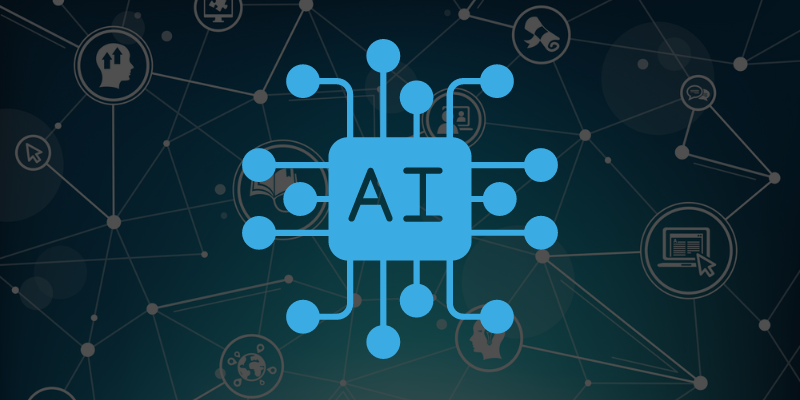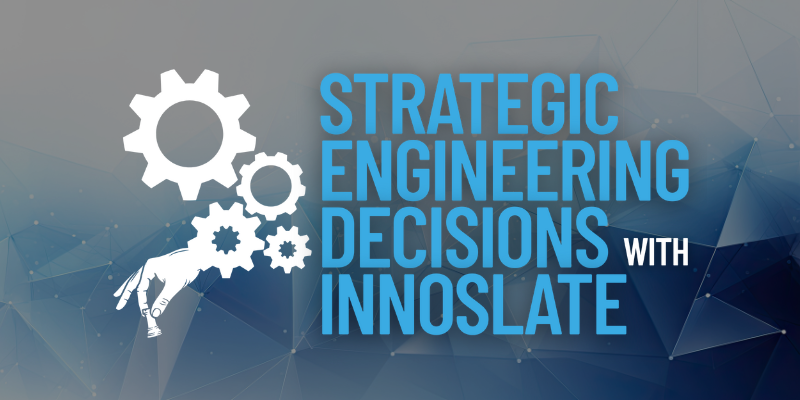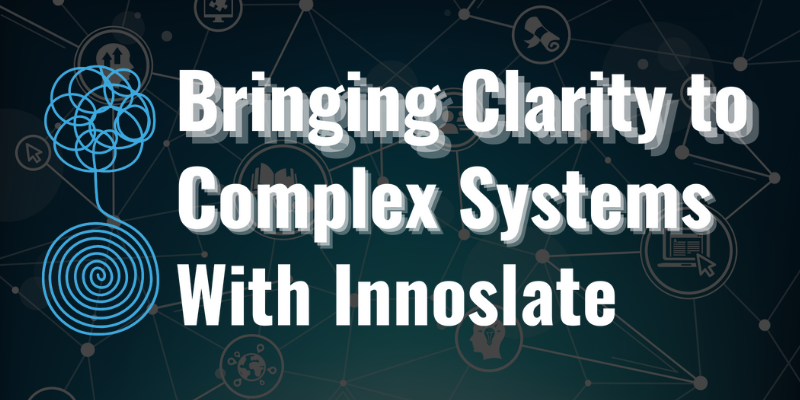Cybersecurity in Systems Engineering Webinar
Don't feel like reading? Watch the webinar recording!
2 min read
SPEC Innovations Team
:
3/26/24 1:53 PM

Watch the recording of Dr. Steven Dam's INCOSE webinar, "Enhancing Systems Engineering Through Generative AI."
In the ever-evolving field of systems engineering, the integration of Artificial Intelligence (AI) has been a longstanding topic of interest. Over a decade ago, IBM popularized the concept with their Watson product, utilizing Natural Language Processing (NLP) to understand and analyze human language. As the systems engineering community embraces the potential of AI, the focus has shifted towards Generative AI (GAI), a cutting-edge branch that utilizes large language models (LLLMs) to provide creative responses to queries.
AI, particularly in the form of NLP, has already proven its worth in modern model-based systems engineering tools by automating repetitive tasks and validating the quality of requirements. However, as we look to the future, the integration of GAI is poised to revolutionize how systems engineers approach their work.
Barclay Brown, Associate Director for AI Research at Collins Aerospace, has been at the forefront of exploring GAI's potential in systems engineering. His work, detailed in the book "Engineering Intelligent Systems," showcases the challenges and opportunities AI presents to create better technological and business systems.
SPEC Innovations, in collaboration with George Mason University, conducted a NASA STTR to investigate GAI capabilities. The project focused on integrating ChatGPT, a GAI model, into Innoslate, an MBSE tool. The results of this collaboration have now enabled systems engineers to explore the possibilities of GAI within the Innoslate environment.
The Capstone project at GMU, titled "A Proposal for Integrating Generative AI into Innoslate," provided insights into the potential applications of GAI in enhancing support for various stakeholders, improving efficiency, accuracy, and decision-making.
GAI presents an opportunity to go beyond conventional NLP-based quality checks. It can provide specific suggestions for breaking down paragraphs, enhancing requirements, and empowering users to set and evaluate standards, revolutionizing the assessment of requirement quality.
Learn More About Innoslate's NLP Quality Checker.

Another exciting prospect is the use of GAI to automatically generate diagrams and enhance layout. By transforming user descriptions into graphical representations and offering guidance on diagram improvements, GAI has the potential to streamline the visualization process.
GAI's ability to provide steps for V&V methods, including generating specific test processes for requirements, stands out as a game-changer. This capability not only ensures verifiability during the requirement architecture finalization stage but also accelerates the development of V&V plans, streamlining the right side of the traditional V-shaped development process.
The incorporation of AI, specifically GAI, into MBSE tools signifies a significant turning point in the progression of data-driven systems engineering. As professionals in the field embrace these cutting-edge technologies, they can anticipate a myriad of advantages, including heightened efficiency, enhanced precision, tailored user interactions, and fortified market standings.
The ongoing dedication to research and innovation, as demonstrated by SPEC Innovations and other industry players, underscores the critical need for systems engineers to lead the charge in adopting these technological breakthroughs.
Embracing AI goes beyond mere relevance; it represents a strategic decision to fortify the resilience and prosperity of systems engineering in an ever-evolving landscape. The fusion of AI and MBSE not only promises to revolutionize user experiences but also to redefine the future terrain of systems engineering.
Have questions about model-based systems engineering or requirements management? Talk to an expert and see how Innoslate can streamline your projects from start to finish.

Don't feel like reading? Watch the webinar recording!

Not in the reading mood? Watch the recording of the webinar!

Don't feel like reading? Watch the recording!